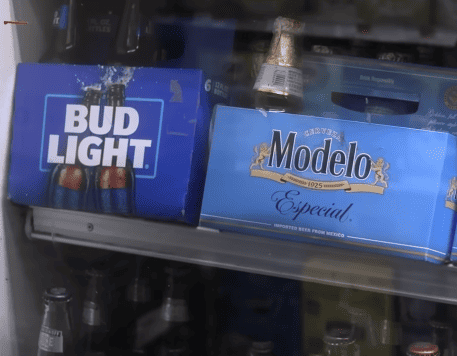Case Study: Liquid Death and the Power of Branding
While there are many examples of powerful brands, Liquid Death is powerful, timely, and relevant to the young adults most of us are teaching. The…

While there are many examples of powerful brands, Liquid Death is powerful, timely, and relevant to the young adults most of us are teaching. The…

Besides Promotion and of course social media, I might argue that retail has seen the most dramatic changes. And that change continues to come. First…

This article in the New York Times (requires subscription, but I am thinking most faculty have access through subscription or their university) describes the growth…

In our textbook, we stay away from references and images of alcohol. We know that some instructors prefer not to expose their students to any…

My students generally love Tesla and Elon Musk. Some love Tesla because they appreciate that the car pollutes less than gas-powered vehicles. Others appreciate that…

It seems like we talk about Amazon a lot here at Teach the 4 Ps. For several reasons Amazon is a great class example. First, it…

Snap Kitchen is trying to find that sweet spot many consumers want — tasty, convenient and healthy food at a fair price. There is a good…

Some products typically get more expensive over time (think food, college tuition, healthcare). Other products exhibit falling prices. Technology markets often exhibit declining prices (and often…